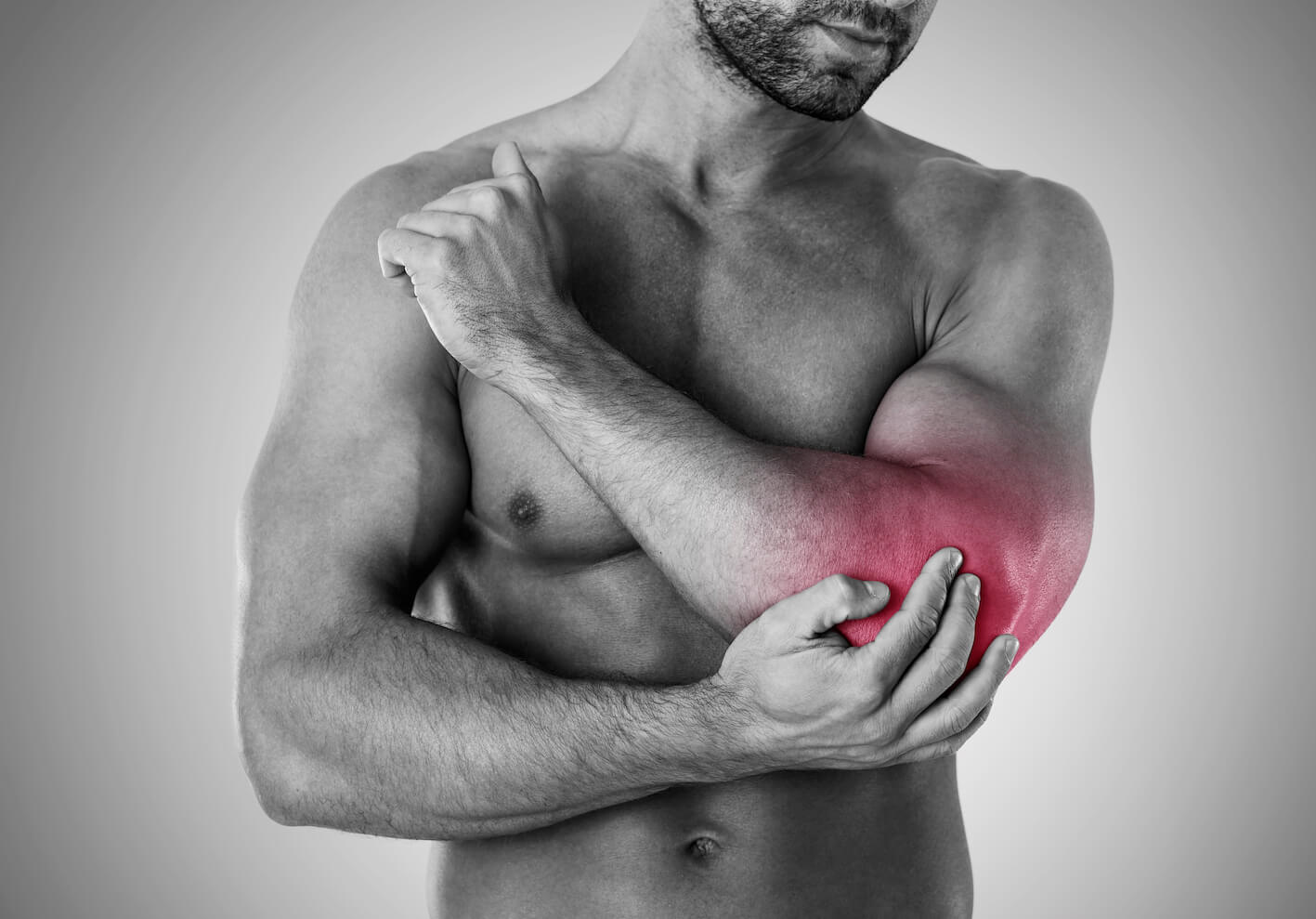Inflammation
The inflammatory reaction is part of the defense mechanisms of natural immunity. This immunity is based on natural barriers and the establishment of an early inflammatory reaction to any aggression, whatever the cause (physical, chemical, infectious, tumoral, etc. ....).
Acute inflammation vs chronic inflammation
The inflammatory reaction is part of the defense mechanisms of natural immunity. This immunity is based on natural barriers and the establishment of an early inflammatory reaction to any aggression whatever the cause (physical, chemical, infectious, tumor, etc….). Unlike acute inflammation, chronic inflammation occurs when inflammation is not controlled and persists over time. In this case, the defense mechanisms call upon more specific immune mechanisms.
There are two types of phenomena: a local reaction and a systemic reaction during which there is an increase in certain blood proteins called “inflammatory reaction proteins”
Proteins linked to acute inflammation
CRP: an important role in inflammatory reactions
CRP (C Reactive Protein) plays an important role in inflammatory reactions, especially during bacterial infections. It is a highly variable protein (up to 1000x the norm) with a short half-life (1 day) and a very short response time (6 to 12 hours) with a maximum at 48 – 72 hours. Its measurement, integrated into a profile comprising several proteins, confirms the existence of a recent inflammatory state and specifies its etiology. CRP measurement is of particular interest in the initiation and monitoring of therapy. Indeed, due to its rapid kinetics, CRP normalizes in a few days if the treatment is appropriate.
Fibrinogen: variations during an inflammatory reaction
Fibrinogen, an essential coagulation factor, rises significantly and consistently during an inflammatory reaction but may be lowered if there is DIC or hepato-cellular failure.
Orosomucoid: a marker of chronic inflammation
Orosomucoid is more of a marker for chronic inflammation. During effective treatment, CRP is the first to fall and orosomucoid normalizes, indicating recovery from diseases such as Crohn’s disease and rheumatoid arthritis. Its measurement, together with that of CRP, can be prescribed for the diagnosis and monitoring of the treatment of bacterial infections, particularly in neonatology.
Haptoglobin: of great interest in moderate inflammatory states
Haptoglobin, with a molecular weight that varies according to the phenotype, participates in the reconstitution of damaged tissue. The maximum of its concentration is observed 3 to 4 days after the tissue attack: haptoglobin rises after orosomucoid, catches up with it and then exceeds it, the evolution of these two proteins remains parallel. The return to normal haptoglobin values is delayed (10 to 20 days in the absence of complications). The haptoglobin assay is of great interest in the detection of moderate inflammatory states and in acute malaria attacks where the frank rise in CRP opposes the collapse of haptoglobin.
Negative proteins in inflammatory episodes
While certain blood proteins see their concentrations increase during an inflammatory episode, others are so-called “negative” proteins and see their concentrations decrease, such as albumin, which is the main transport protein in blood plasma, prealbumin or transferrin.
The determination of an isolated protein can lead to certain errors of interpretation, it may therefore be advisable to determine several proteins simultaneously to establish an inflammatory protein profile.

